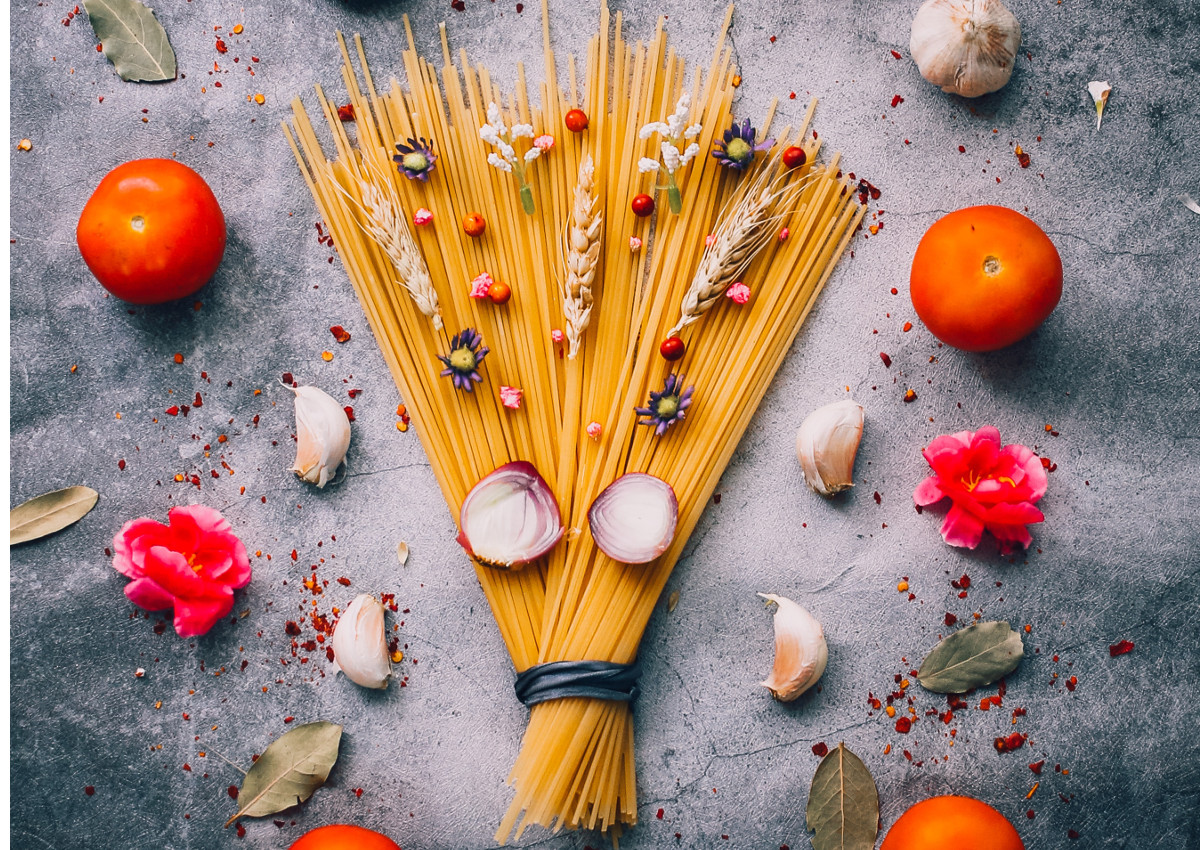
The unstoppable advancement of Italian food products on international markets continues unfalteringly. According to the latest analysis, they recorded a growth of 3.4% also in 2018, thus reaching a turnover of 34 billion euros. In addition to classic markets, on which our entrepreneurs are working to reinforce and consolidate their presence, analysts highlighted some areas in which Italian food has enormous growth prospects. First and foremost, there are Canada and Japan, with who important commercial agreements have been negotiated that account for 2.4% and 2.3% respectively of Italian Food & Beverage exports (equaling 821 and 785 million euro in 2018) and are already in 10th and 11th position of export markets.
THE ROAD TO CHINA
Moreover, China could have great surprises up its sleeve. According to the research office of Banca Intesa San Paolo, “If Italy were to maintain its share of Chinese food imports over the next five years, we could expect an export level of 175 million dollars in 2023. If, however, we managed to reach the Spanish quota, our exports could reach an additional 1.4 billion dollars in these five years or even 3.4 were we to reach the French quotas.” Rather than investing in product range innovation, the Italian food industry is working on improving production and commercial processes. This is a guarantee for growth.
7 TRENDS FUELING ITALIAN FOOD EXPORTS’ GROWTH
Among the various fronts on which our entrepreneurs are working and which could give a significant boost to the future growth of Italian food exports, we can list the following:
- The tendency to aggregate the offer, so as to provide a complete range of food items to retailers. In addition to individual enterprises that aggregate several brands (like the Newlat or Zonin group), there are companies such as Granarolo and Inalca allowing the possibility of aggregating also third brands to the offer;
- Significant work on the supply chain to make it increasingly transparent, traceable, certified, in line with the expectations of international consumers;
- Tendency to invest more and more in social and environmental sustainability, to offer of a product with a very low environmental impact;
- Investing into growth to create storytelling and not only to sell individual products and brands. Rather, the entire ‘country-system’: the wealth of the territory of origin;
- Investing in innovation (R&D) and into a growing number of partnerships with start-ups of the food industry;
- Greater willingness to opening capital to funds, growing in size and acquiring a critical mass that is necessary to compete on global markets;
- Paying attention not only to export products, but also to know-how by on-site production and transferring processing and process management capabilities abroad. Which is what traditional Italian food really stands for. Beretta, Barilla, Rana and Veroni are important examples of this.

